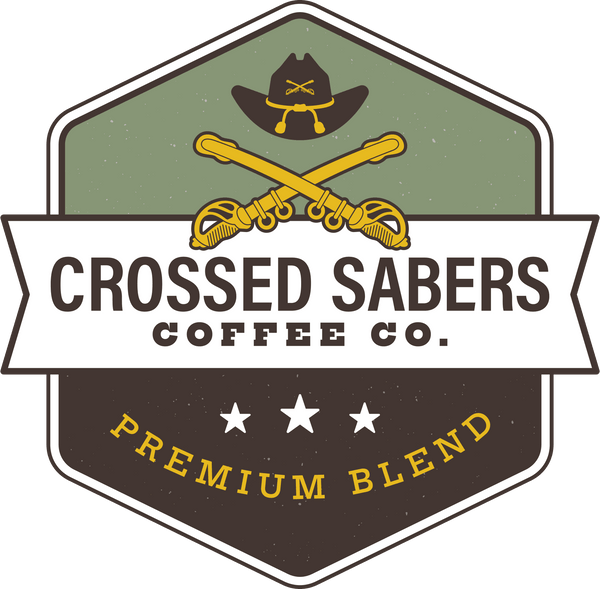
How is Medium Roast Coffee Different from Light and Dark Roast?
Share
Coffee lovers often debate the differences between various roasts, particularly medium, light, and dark roasts. Understanding the unique characteristics of medium roast coffee can enhance your coffee experience and help you choose your perfect cup. In this guide, we’ll explore how medium roast differs from its lighter and darker counterparts.
Understanding Coffee Roast Levels
Coffee roasts can be categorized into three main levels: light, medium, and dark. Each roast level is defined by the temperature and duration of the roasting process. Light roasts are typically roasted for a shorter time, preserving the bean’s original flavors and acidity, while dark roasts undergo a longer cooking time, resulting in richer, bolder flavors.
Medium roast coffee offers a unique sweet spot between the two, balancing acidity and body. This roasting process maximizes sugar development in the beans, leading to a flavor profile that is both rich and approachable. Many coffee enthusiasts appreciate medium roasts for their versatility and complexity.
When discussing coffee roast levels, it’s important to note the impact of roasting on the bean’s oils. Light roasts contain fewer oils on the surface, whereas dark roasts have a shiny, oily appearance due to extensive roasting. Medium roasts have a moderate level of oils, which contributes to their smooth mouthfeel.
Flavor Profiles of Medium Roast Coffee
One of the most appealing aspects of medium roast coffee is its well-rounded flavor profile. Coffee drinkers often describe it as having a sweet, mellow taste with a hint of nuttiness. The balanced acidity and body creates a harmonious blend that pleases many palates.
In contrast to light roasts, which can be bright and fruity, medium roast coffee brings forth deeper notes of caramel and chocolate. As the beans caramelize during the roasting process, these flavors become more pronounced. This characteristic makes medium roasts a popular choice for those who enjoy a sweeter cup of coffee without forgoing depth.
Furthermore, the versatility of medium roast coffee shines when paired with different brewing methods. Whether enjoyed as a pour-over, French press, or espresso, the various brewing techniques enhance the inherent flavors, making each cup a unique experience.
Comparing Caffeine Content
Many coffee lovers ponder the caffeine content of different roast levels. Interestingly, while you may assume that dark roast coffee contains more caffeine due to its stronger flavor, the truth is that the caffeine content is relatively equal across all roast levels by volume.
However, when measured by weight, medium roast coffee tends to contain slightly more caffeine than dark roasts. This is because dark coffees lose some caffeine during the longer roasting process. So, for those looking for an energy boost, medium roast coffee may be the way to go!
Aromas and Tasting Notes
The aroma of medium roast coffee is one of its standout features. As the beans cool after roasting, they release delightful scents that often evoke feelings of warmth and comfort. Many describe these aromas as sweet and inviting, with hints of chocolate and caramel.
When tasting medium roast coffee, you may notice complex layers of flavor unfold. The first sips present sweetness, followed by a gentle acidity. As you continue to sip, deeper tasting notes, sometimes reminiscent of toasted nuts or cocoa, emerge, creating a satisfying overall experience.
Brewing Recommendations for Medium Roast
For optimal flavor, brewing medium roast coffee requires attention to detail. Whether using a drip coffee maker, pour-over method, or French press, the ideal water temperature should be between 195°F and 205°F. This range allows the coffee to extract its full flavor potential without over-extraction.
Additionally, the grind size is crucial for achieving the best results. Medium roast coffee benefits from a drip or medium grind, which allows for balanced extraction during brewing. Experimenting with different grind sizes can lead to discovering your perfect cup.
Lastly, don’t forget the coffee-to-water ratio! For a standard cup, a ratio of 1:15 can provide a delightful balance. Tailor this ratio to your personal preference for stronger or lighter coffee, and enjoy the art of brewing your medium roast to perfection.
Final Thoughts on Roast Differences
In summary, medium roast coffee strikes a harmonious balance between the brightness of light roasts and the deep richness of dark roasts. Each roast offers its own distinct flavor profiles and caffeine content, making the choice ultimately a matter of personal preference. Whether you prefer a well-rounded taste or a bold finish, there’s a coffee roast for everyone.

